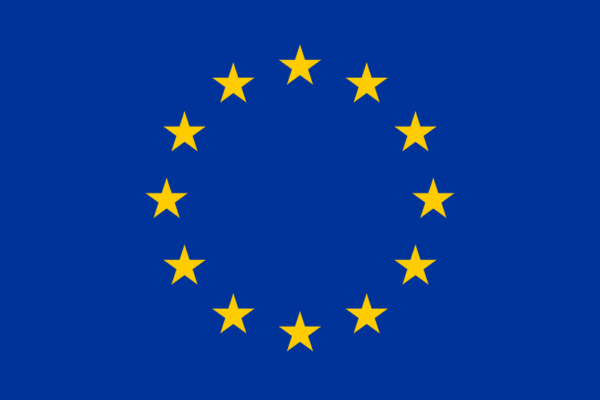Abstract for the Web Archiving Conference in Zagreb at the International Internet Preservation Consortium (IIPC)
Twenty-five thousand photographs are within the collection of MOMA New York. In contrast, 95 million photographs are uploaded on Instagram each day. Digitisation strategies of memory institutions are often merely about digitalising physical objects, made accessible in databases like Europeana. If born-digital content is taken into consideration, it is often treated in the same manner as physical objects, differing only in the techniques needed for access and storage.
These techniques are indeed needed. Nevertheless, we should shed light on the inherent character of born-digital content, and its genesis within an algorithmic, data, social media, platform, or networked society. Aleida Assmann argued that a focus on storing is not enough, considering the inexorably growing amount of data, and pointed on the importance of forgetting. The selection process of what to remember and what to forget cannot entirely be outsourced to search engines. Instead, professional ‘gatekeepers’ are still needed[1]. How can the GLAM sector engage with the masses of volatile and dynamic born-digital content?
We will take a look at artistic strategies dealing with the flood of data within the digital society. What can archivists learn from these approaches? We examine works using Google StreetView images to tell about the world, like Michael Wolfs “Interface”, or like the “Agoraphobic Traveller”. We will listen to “Quotidian record”, a soundtrack created by Brian House, using his location-tacking-data of a year. Lev Manovich’s argument for “cultural sampling” will be contrasted by “@paintguide” from Henrik Uldalen and Daniela Bezdan. We will explore the remarkable archive of Peter Piller and the work of Mishka Henner who deals with satellite images and YouTube videos. As an example of revealing the hidden parts of the Internet, we will see a shopping bot created by “Mediengruppe !Bitnik”, who bought automatically random items in the darknet.
Can these artistic practices, their specific form of web curation, help the GLAM sector to discover new methods to archive the web? In a way that goes beyond storing websites as one-to-one copies? What can archivists as ‘gatekeepers’ learn from artistic strategies to curate and preserve an intelligible story of the web?
Keywords: digital heritage, web curation, born-digital, GLAM, archive studies
1 Assmann, Aleida (2018): Formen des Vergessens. Sonderausgabe. Bonn: bpb Bundeszentrale für Politische Bildung (Schriftenreihe / Bundeszentrale für Politische Bildung, Band 10296). p. 202f
Lorenz Widmaier widmaierlorenz@gmail.com

